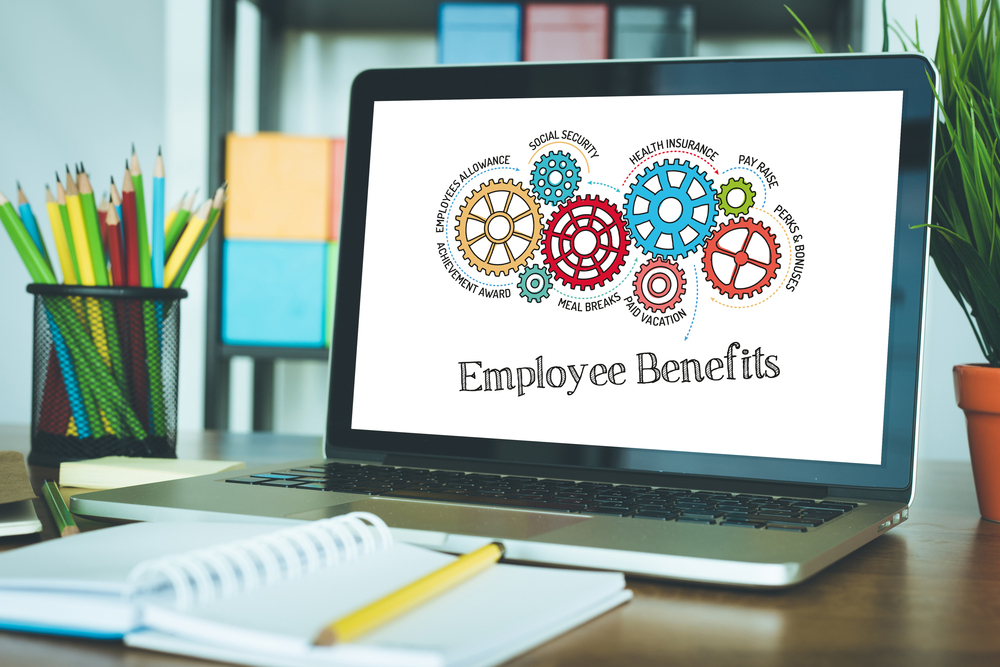As HR leaders deliver on 2021 benefits enrollment and already begin to think through 2022, how can they develop benefit plans that place employees at the heart of decision-making? And how can they ensure to align all stakeholders on employee well-being objectives?

It takes an in-depth assessment to define the specific challenges your business and its employees face. And it requires determining what strategies encourage employees to leverage their plans to reduce costs and deliver greater value for the company.
To get there, HR leaders should consider asking the following questions to gain alignment on immediate and long-term employee needs.
6 Questions to Ask
1. What are the age, education level, and average salary of the majority of employees? Know who you serve; it’s the foundation of being employee-centric. Learn everything you can about your team to keep them at the center of your decision-making.
2. Where do most employees fall on the health spectrum, from healthy to chronically ill, as well as the spectrum of actively disengaged to engaged employees who are ready to take action? Have a clear understanding of where employees are coming from so you view employee health from a holistic, “whole-person” perspective that factors in multiple well-being dimensions: physical, financial, emotional, social, and environmental. This knowledge informs your recommendations to best meet their needs.
3. Are there specific physical or logistical challenges (lots of sitting or standing, manufacturing settings with strict production goals, etc.) that lead to health risks? Look for ways to address unique challenges with innovative tools (e.g., 24/7 nurse lines, telemedicine, digital engagement tools that support smarter and more cost-effective healthcare decisions, fitness solutions that combine a digital experience with an authentic human connection). And, help your employees engage in their health and wellness in a way that feels more like nurturing than “teaching.”
4. Are you meeting employees where they are by providing a benefit plan that can be used when and where it’s convenient for them? Taking employees through engagement to action requires a combination of channels that establish a human and virtual connection. According to Trustmark research, 75% of employees say a personal touch is important to their health and well-being. Employees want access to live experts who are credible, engaging, and easy to access and who provide one-on-one support.
Counterintuitively, this is especially important in the age of COVID-19, when many employees are working remotely—the personal touch is a critical complement to digital engagement. Prioritize making company leaders the face of a benefit program, taking a more visible and active role, whether it’s in person or remote, in shaping a culture of health that encourages the use of benefit plan components.
5. How are you attracting, recruiting, and retaining the best talent by leveraging the benefit plan? Distinguish your company from your competitors by ensuring your benefit plan is aligned with your employment brand (how a company markets and brands itself to attract and retain the best talent).
Employers are well-positioned to leverage unique benefits and amenities such as voluntary benefits, flexible schedules, or fitness centers to help themselves stay competitive in a tight labor market. These solutions can also help improve overall employee health, reduce workplace stress, and help retain talent.
6. What is your benefit philosophy? Ask yourself—and your leadership team—this simple question. Beyond cost as an immediate consideration, to what level might strategies be introduced that make employees partners in the utilization of the benefit plan to both reduce costs over the long term and potentially deliver greater value?
Leverage data and insights to determine whether you’re getting not only the return on investment (ROI) for measurable outcomes but also the less quantifiable value on investment (VOI) for key variables such as an employee’s financial security and peace of mind. And ensure you’re considering the employee perspective throughout the process of planning, implementing, and continually refining and iterating the benefit plan.
Meet Employee Needs, and Position Yourself as a Strategic Partner
These questions approach benefit design from the employee’s perspective, which is critical to shift employees from minimal engagement to effective, healthy, and sustainable action. The questions also ensure alignment among you, your benefit broker, your leadership team, and potential vendors as the plan comes together and positions you as a strategic partner.
These questions are a great start to providing employees with timely, credible information, making the right actions easy, inspiring healthy behaviors, and encouraging ongoing participation in a seamless well-being journey.

Christopher Paquette is Senior Vice President and Chief Digital and Strategy Officer at Trustmark.
